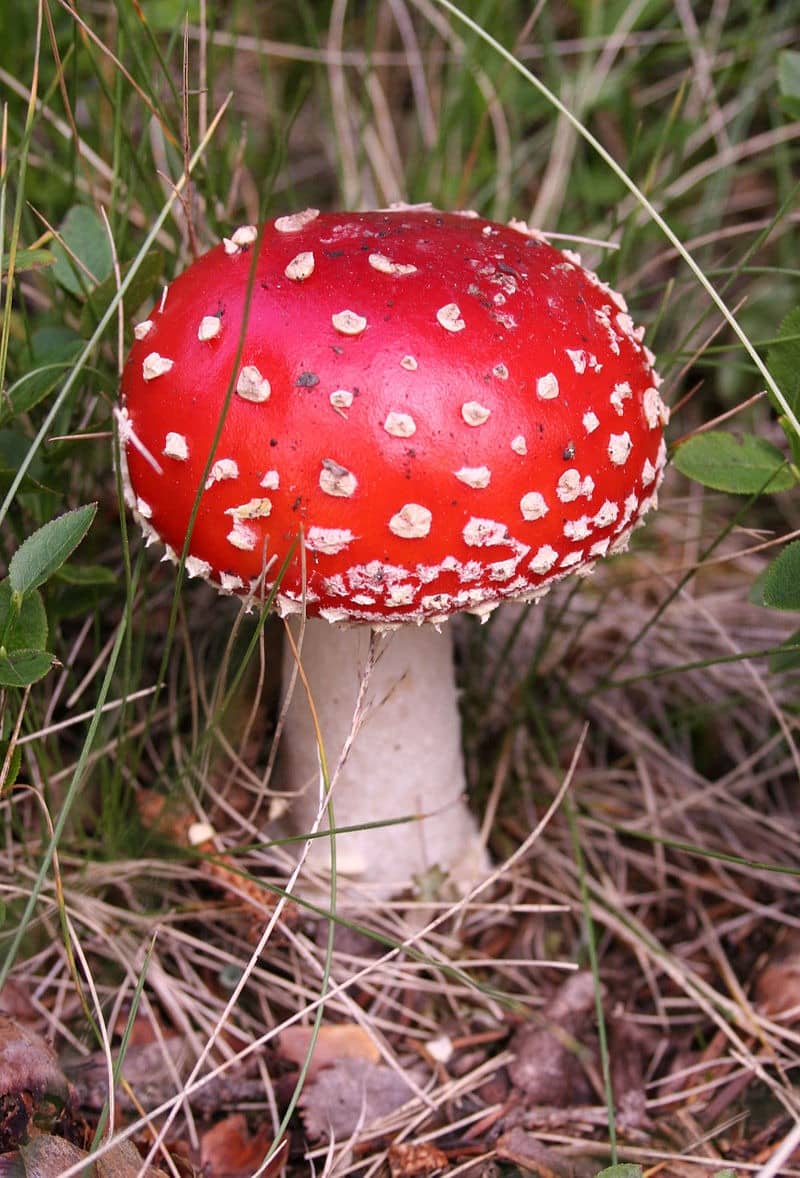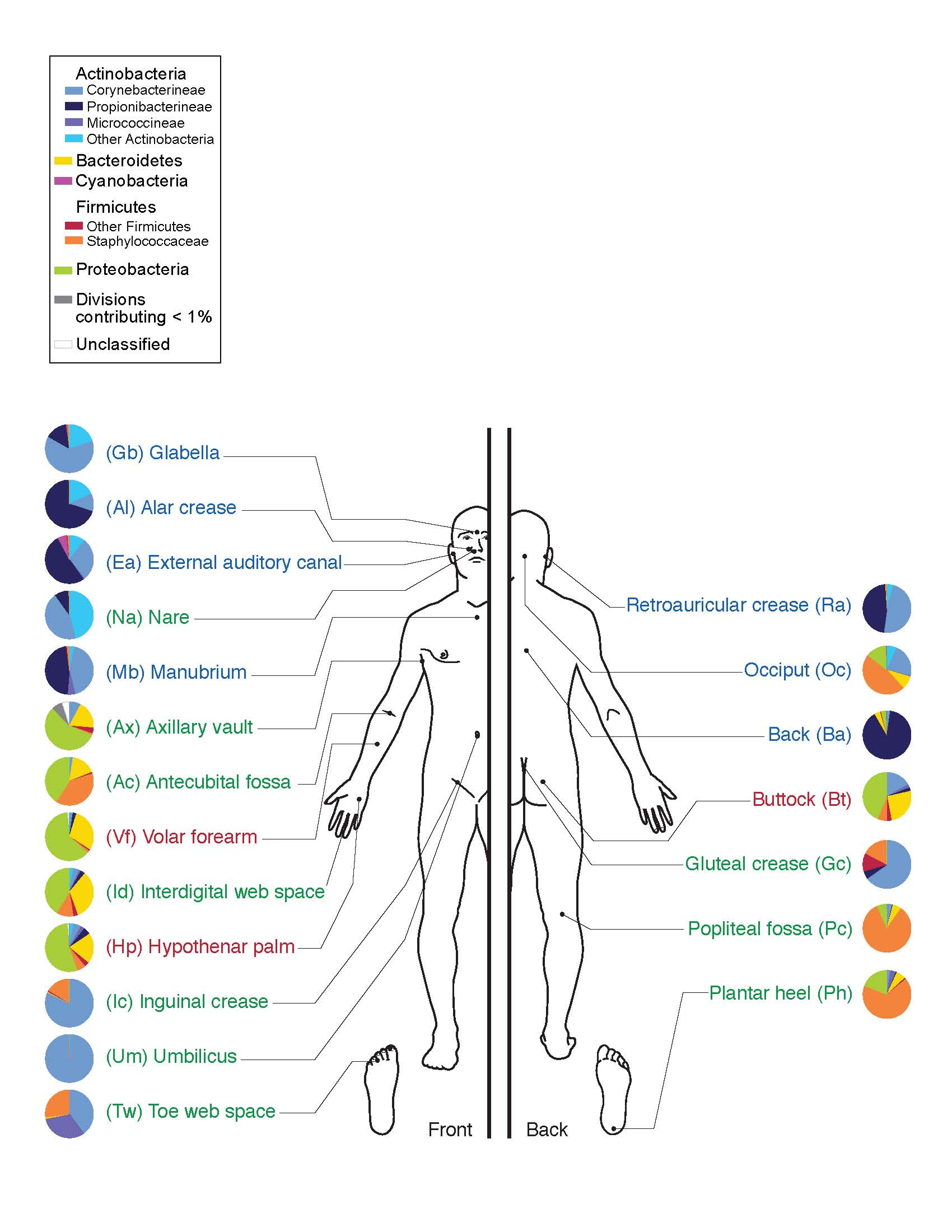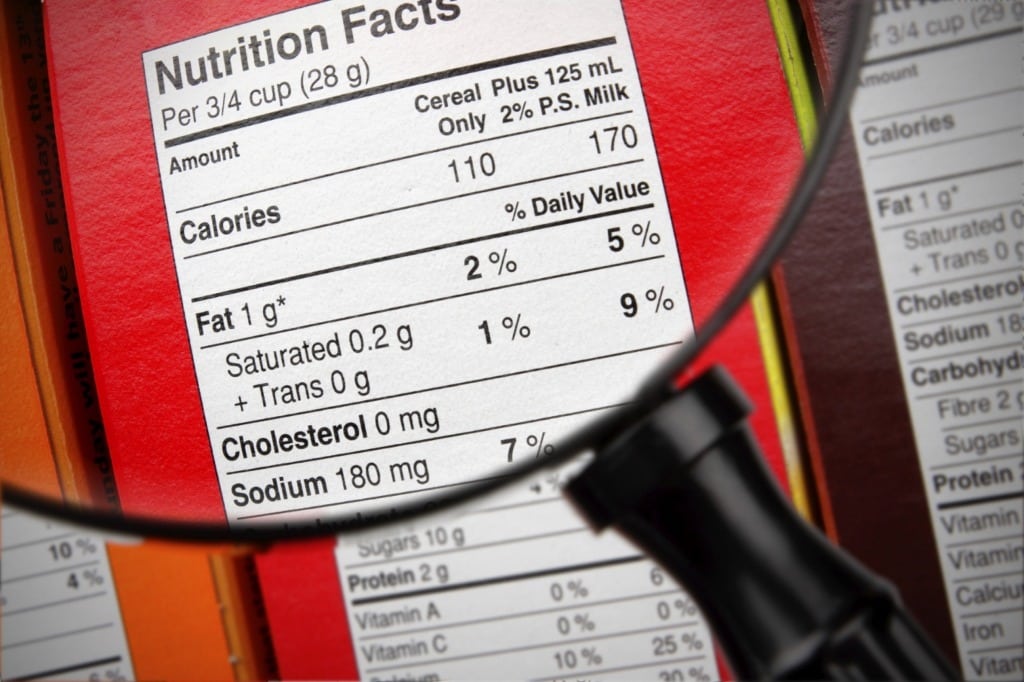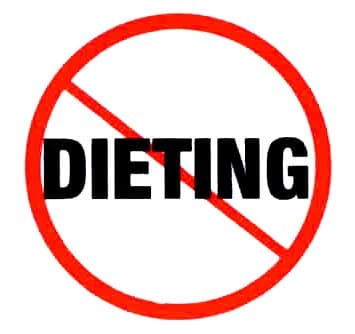The Health Benefits of Mushrooms
Are mushrooms healthy? Like the kinds that you can find at the grocery store? The overwhelming answer is: yes, they are a ‘superfood’. Mushrooms are healthy and have many nutritional properties that make them an important part of a balanced diet. They help the human immune system to function properly in addition to being a … Read more







